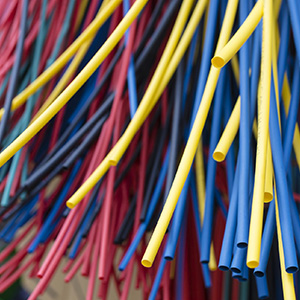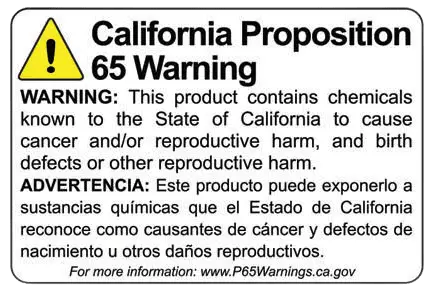 Heat-shrink tubing comes in different materials, but two of the most common are polyolefin and PVC. Choosing the right one can affect durability, flexibility, and overall protection for your wiring. Understanding their differences helps you select the best option for your application.
Heat-shrink tubing comes in different materials, but two of the most common are polyolefin and PVC. Choosing the right one can affect durability, flexibility, and overall protection for your wiring. Understanding their differences helps you select the best option for your application.
Overview of Polyolefin and PVC Heat-Shrink Tubing
| Feature | Polyolefin | PVC |
|---|---|---|
| Temperature Resistance | High (up to ~135–200°C) | Moderate (up to ~105°C) |
| Flexibility | Excellent, stays flexible over time | Good, but can stiffen in cold or high heat |
| Chemical Resistance | Excellent (oil, acids, solvents) | Moderate, can degrade with chemicals |
| Durability | High; resists abrasion and UV exposure | Moderate; less durable outdoors or under harsh conditions |
| Adhesive Lining | Often available for waterproofing | Less common |
| Cost | Slightly higher | More affordable |
When to Use Polyolefin Heat-Shrink Tubing
-
High-temperature environments like engines, motors, or industrial electronics.
-
Applications exposed to chemicals, oils, or fuels.
-
Long-term durability and vibration resistance are required.
-
Outdoor wiring where UV or weather resistance is important.
-
Situations requiring adhesive-lined tubing for waterproofing.
When to Use PVC Heat-Shrink Tubing
-
Indoor electronics and wiring projects with moderate temperatures.
-
Budget-conscious projects where extreme durability isn’t critical.
-
Temporary or light-duty applications.
-
Quick prototyping, hobby electronics, and non-automotive wiring.
Key Considerations
-
Environment: Will your wiring be exposed to heat, moisture, or chemicals?
-
Mechanical Stress: Polyolefin performs better under vibration and abrasion.
-
Cost vs. Performance: PVC is cheaper, but polyolefin lasts longer and provides better protection.
-
Flexibility Needs: Polyolefin remains flexible over time; PVC can harden.
-
Waterproofing: Choose adhesive-lined polyolefin for a sealed connection.
Conclusion
Both polyolefin and PVC heat-shrink tubing have their place, but polyolefin is the professional-grade choice for demanding applications, while PVC is suitable for light-duty, budget-friendly projects. By evaluating your environment, durability needs, and cost considerations, you can select the right material to protect your wiring effectively.

